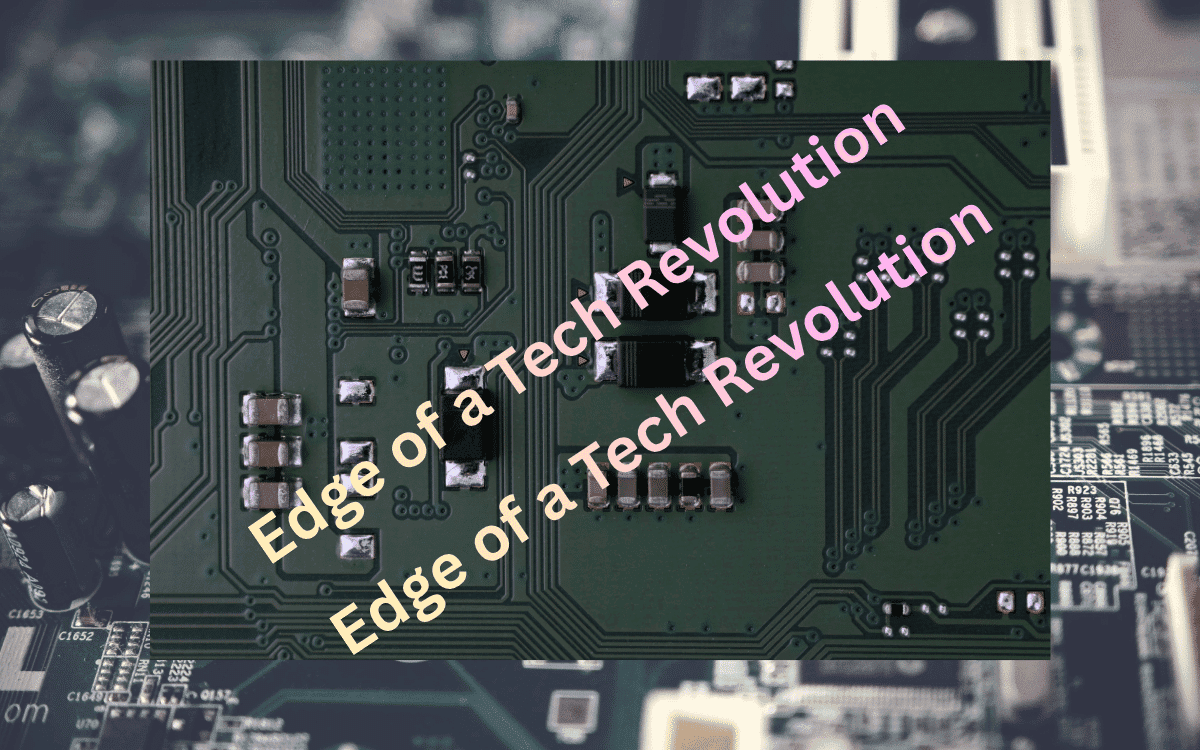MIT Researchers Develop Superconducting Circuit That Could Replace Semiconductors in Quantum Computers
In a major leap toward the future of computing, researchers at the MIT Plasma Science and Fusion Center (PSFC) have developed a superconducting diode circuit that could one day replace traditional semiconductor components in quantum and high-performance computing systems. The breakthrough, published in Nature Electronics, demonstrates a more energy-efficient approach to powering advanced computing systems that operate at ultra-low temperatures.
A Step Toward Energy-Efficient Supercomputing
Data centers across the United States consumed about 176 terawatt-hours (TWh) of energy in 2023 — roughly 4.4% of the nation’s total energy use. More than half of that power (around 100 TWh) went to CPU and GPU equipment. As computing demands soar, the search for energy-efficient alternatives has become urgent.
That’s where superconducting electronics come in. These systems can operate without electrical resistance, drastically cutting energy waste. However, scaling superconducting circuits has been challenging due to the large number of wires needed to connect ultra-cold components with room-temperature electronics. Replacing conventional semiconductor parts with superconducting counterparts could solve this bottleneck.
The Breakthrough: Superconducting Diode Circuits
Led by senior research scientist Jagadeesh Moodera, the MIT team tackled one of the toughest challenges in the field: efficiently converting alternating current (AC) into direct current (DC) on a chip at cryogenic temperatures. This process is vital for superconducting systems but has long been a limitation to scalability.
To overcome this, the team designed superconducting diode (SD)-based rectifiers — devices capable of performing AC-to-DC conversion within the cryogenic environment itself. These rectifiers make it possible to deliver DC power to superconducting processors without generating excess heat or noise, which are major obstacles in quantum computing.
Using a diode bridge circuit built from four superconducting diodes, the researchers achieved successful AC-to-DC rectification at cryogenic temperatures. The innovation could significantly reduce thermal and electromagnetic interference, paving the way for larger, more stable quantum systems.
A Path Toward Quantum and Superconducting Supercomputers
The newly developed SDs exhibit unidirectional current flow, much like standard semiconductors, but operate in a superconducting state. This means they can process signals faster and more efficiently while consuming less power. The team’s achievement marks the first successful integration of multiple SDs into a working circuit — a milestone that brings superconducting computing closer to commercialization.
“Our work opens the door to the arrival of highly energy-efficient, practical superconductivity-based supercomputers in the next few years,” said Moodera.
Beyond computing, these superconducting circuits could also be used to stabilize qubits, power dark matter detection experiments, and enhance signal isolation in advanced quantum systems — including those at CERN and Berkeley Lab’s LUX-ZEPLIN project.
Funded by the MIT Lincoln Laboratory, U.S. National Science Foundation, and U.S. military research agencies, this pioneering work marks a critical step toward a new generation of quantum-ready, energy-efficient supercomputers.
